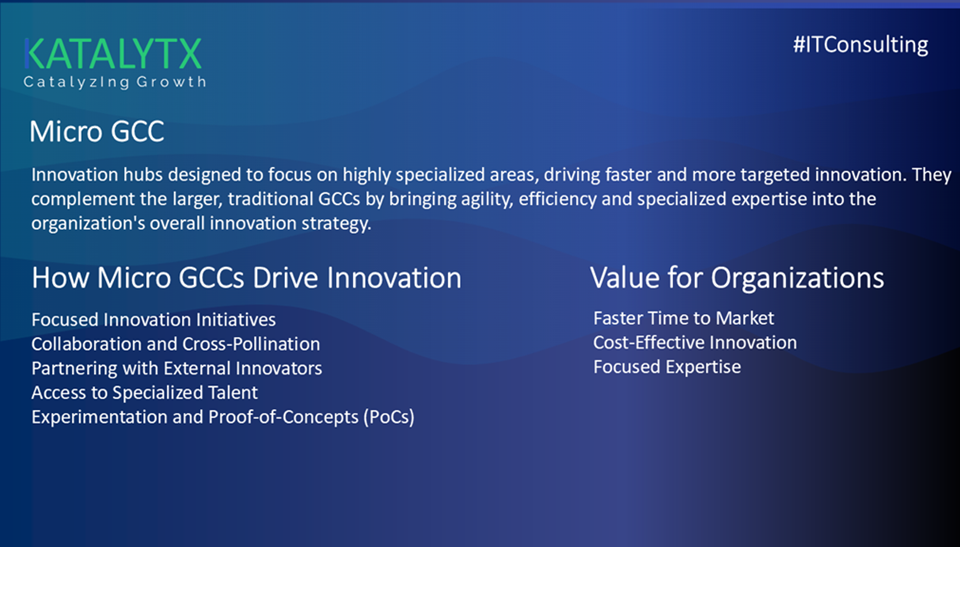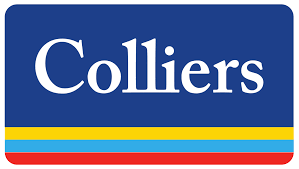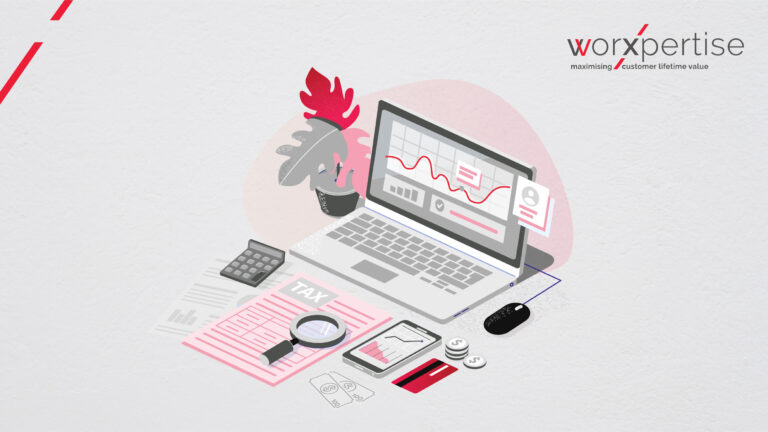This article is an attempt at demystifying Product, Service, Platform, Aggregator, and Ecosystem in the context of the digitized world. The learnings are the outcome of a panel discussion at the NASSCOM Engineering and Design Summit.
A product is a tangible or intangible (software) entity built and offered for sale to the customer. It satisfies a specific need or purpose, evaluated for quality, has a life cycle, can become obsolete or recycled. A service is an intangible activity, is person-derived, has no ownership, and no definite way to assess or evaluate until rendered.
Aggregator
Aggregators are intermediaries who set and control the rules. Google and Facebook’s near monopolization for search and content over the internet makes them gatekeepers of valuable information. They own customers, and suppliers/Ads follow. Commoditized Suppliers “are aggregated” to service the customers at scale. The most important factor for the success of an aggregator is the user/customer experience.
Aggregators work in the background. They internalize their network effects (benefits), capture the customers, and modularize/commoditize the suppliers – the aggregator is not motivated to share the proceeds. Incentivize the suppliers for product delivery per the aggregator’s specifications.
Examples: Facebook, Google, Amazon, Flipkart, MakeMyTrip, Airbnb, Uber, etc.
Proprietary Strategy and Branding:
- All vendor products/services are under the common brand name i.e. of the aggregator.
- The suppliers outsource their inventory, shipping, and customer service to the aggregator.
- The upstream/supplier can be a wholesaler – sells to the retail arm of the aggregator and then reach the end customer.
- Some of the aggregators also have a third-party strategy where the supplier directly sells to the customer but are still facilitated/under the aggregator’s branding.
Platform aka Marketplace
The platform is an ecommerce infrastructure, acts as a facilitator of services, a broker between the suppliers and end consumers (3rd-parties), and is a powerful value creator. The platform “attracts value that others create.”
A platform does not directly interface with the end customers. Merchants sit on top of the platform and are responsible for acquiring all the customers on their own. A platform succeeds by externalizing network effects, thereby enabling its differentiated suppliers.
Examples: PayTM, Microsoft, Apple/App Store, Android, Shopify, etc.
Apple’s App Store, although a closed system, is a platform that has helped create differentiated applications for end-users. The value proposition created by these applications easily outweighs AppStore’s costs.
Topcoder.com is a platform offering solutions for automated programming, testing, analytics, and digital services. This platform has a long gestation with high investment. The motivation of the suppliers is through the “differentiated” work-jobs created on a platform. The key design principle while building a platform is to adopt and support Opensource and OpenAPI standards. The power of leveraging a Topcoder platform is that it offers 3x faster-implementation and 2x code-quality improvement over a conventional coding tool.
The Bill Gates line makes a clear distinction between platforms and aggregators:
“A platform is when the economic value of everybody that uses it, exceeds the value of the company that creates it. Then it’s a platform.”
Third-Party Strategy and Branding:
- Platforms are neutral to their stakeholders, a result of which suppliers offer services under own brand name and not of platforms’.
- The supplier maintains own supply-chain: inventory, shipping, and customer service.
- Consumers directly interact/buy from the supplier through the platform’s invisible integration into the supply-chain logistics of the merchant.
The pricing (arbitration and variation) is dictated by the “differentiated suppliers” – differentiated by quality. This attracts high-quality suppliers onto the platform.
An ecosystem encompasses players who create value by their offerings. There is no single key player or controller as part of the ecosystem. Companies do not compete in an ecosystem. The total value of the smartphone ecosystem – manufacturing, retail, play store, and services – that Android has helped create easily outweighs the Android platform value.
Advice for the SMEs in a platform/aggregator business
- Focus on problems to satisfy the needs of a customer.
- Time to Market is crucial. It is utopian to gather complete requirements and then go about building the platform.
- Speed vs. Efficiency: follow a fine balance between standardization vs. optimization. The standards-based approach is slower to develop but responds to change well, and scales fast.
- Iterative development, code refactoring, building moats around competitors is very important to stay on top.
































